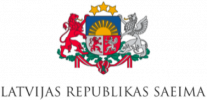On 18–19 September 2025, the meeting of the Security and Defence Committee was held in Panevėžys, Lithuania. The meeting brought together parliamentarians and experts from the Baltic States to discuss common defence goals within the region.
Growing strong together: promoting cooperation of the military industry in the Baltic States
Chaired by Uģis Rotbergs, Chair of the Security and Defence Committee, the first session of the meeting focused on promoting cooperation of the military industry in the Baltic States. While opening the session, Uģis Rotbergs stated that the Baltic States are small nations, but their strength grows significantly when they work together. In certain areas, such as the military industry, some countries are more advanced than others, making joint efforts all the more valuable.
Roberts Kits, researcher at the Latvian Strategy and Economic Research Institute, provided an introductory report regarding defence cooperation in which he stressed that despite major Baltic State defence spending, to reach full return, Latvia, Estonia and Lithuania need to coordinate investments, establish a joint defence industry association and adjust their policies with a long-term vision.
Karolis Aleksa, Vice-Minister of the National Defence Ministry of Lithuania, emphasised the importance of defence budgets as the key driver of industry development, noting that Lithuania plans nearly 5 billion euros in defence spending next year. As of now, Lithuania is focusing on ammunition production, drone technologies and equipment protection and maintenance. He also stressed naval defence and the role of innovation, highlighting opportunities for Baltic cooperation in this area.
Rolands Heniņš, Undersecretary of State of the Ministry of Defence of Latvia, underlined the rapid growth of the Baltic defence industry. He pointed to several initiatives already underway, such as the joint 5G project for testing online systems and Baltic training exercises involving companies from 16 countries, showing the value of multinational collaboration. Looking ahead, he stressed the need to leverage both military and civilian capabilities and emphasised the importance of industrial resilience and secure supply chains, calling for Baltic cooperation to ensure compatibility and reliability in times of crisis.
Miiko Peris, Director of the Defence Industry Development Department of the Estonian Ministry of Defence, explained that the defence industry of Estonia is fully privately owned and steadily growing, with nearly 200 companies. The priority of the government is to build a competitive, export-oriented sector, aiming for 2 billion euro turnover by 2030. Estonia also promotes cooperation through the European Defence Fund, NATO DIANA and partnerships with Ukraine, while reducing regulatory barriers for industry growth. He stressed Baltic cooperation within EU based programmes, the Eastern Shield/Drone Wall initiative, shared testing areas and best practice exchange.
Advancing regional defence in the Baltic States through a common defence area
Chaired by Uģis Rotbergs, the second session of the meeting revolved around advancing regional defence in the Baltic States through a common defence area during which he stressed that the Baltic Assembly has long supported this goal. The Security and Defence Committee, back in 2023, discussed creating a joint operational area, leading to the 42nd Resolution recommending a clear roadmap for further steps.
Defence cooperation between the Baltic States has significantly weakened after NATO accession, though it still continues through institutions like the Baltic Assembly and Baltic Council of Ministers. Therefore, Māris Andžāns, Director of the Center for Geopolitical Studies, provided an introductory report on the conclusions of the military cooperation of the Baltic States, based on the book “Three Decades of Baltic Military Cooperation and the Way Ahead” in which he suggested that future efforts should focus on joint or synchronised procurements, improved coordination in NATO on emerging technologies.
Karolis Aleksa noted that while the Baltic States take different approaches, they share the same threat perception. He stressed the importance of reliable military mobility and reinforcement networks, even if costly, and highlighted counter-drone efforts alongside the need for better situational awareness. He also pointed to challenges in defence force growth, training ranges and preparing large-scale exercises, underlining that Baltic defence must be developed within NATO and EU frameworks.
Rolands Heniņš underlined the shared threat perceptions and interests of the Baltic States, noting that U.S. support through the Baltic Security Initiative has framed many joint efforts. Current priorities of joint cooperation include patria armored personnel carriers, transport battalions and additional IRIS-T missiles. He stressed the importance of coordinating investments within NATO standards, making better use of each countries strengths and securing funding for military mobility. Additionally, there are now more opportunities for defence industry cooperation, particularly as the Baltics prepare to move beyond the Ottawa Convention framework.
Rasmus Kork, Adviser on Crisis Management of the Estonian Ministry of Defence, outlined the border defence line plans of Estonia, featuring dragon’s teeth, barbed wire, bunkers, barriers and anti-tank ditches, most of which will be built by 2029. The Defence Line was positioned as not just a physical fortification but a deterrent to make aggression costly from day one. He noted that the Baltics face no major issues with military mobility but should present themselves as one region to address challenges jointly, including in the maritime and air domains. With threats evolving and resources limited, he stressed that achieving necessary defence capabilities individually is unrealistic.
Additionally, the meeting included a visit to the Air Base of the Lithuanian Air Force in Šiauliai, where an introduction of their work, as well as aircraft inspection, took place.
Overall, the discussions highlighted that while the Baltic States are small individually, their security and resilience depend on close coordination, shared investments and integration within NATO and EU frameworks. Common threat perceptions, growing defence industries, and evolving challenges such as drones and hybrid warfare underline the urgency of acting collectively.
Photos
© Secretariat of the Baltic Assembly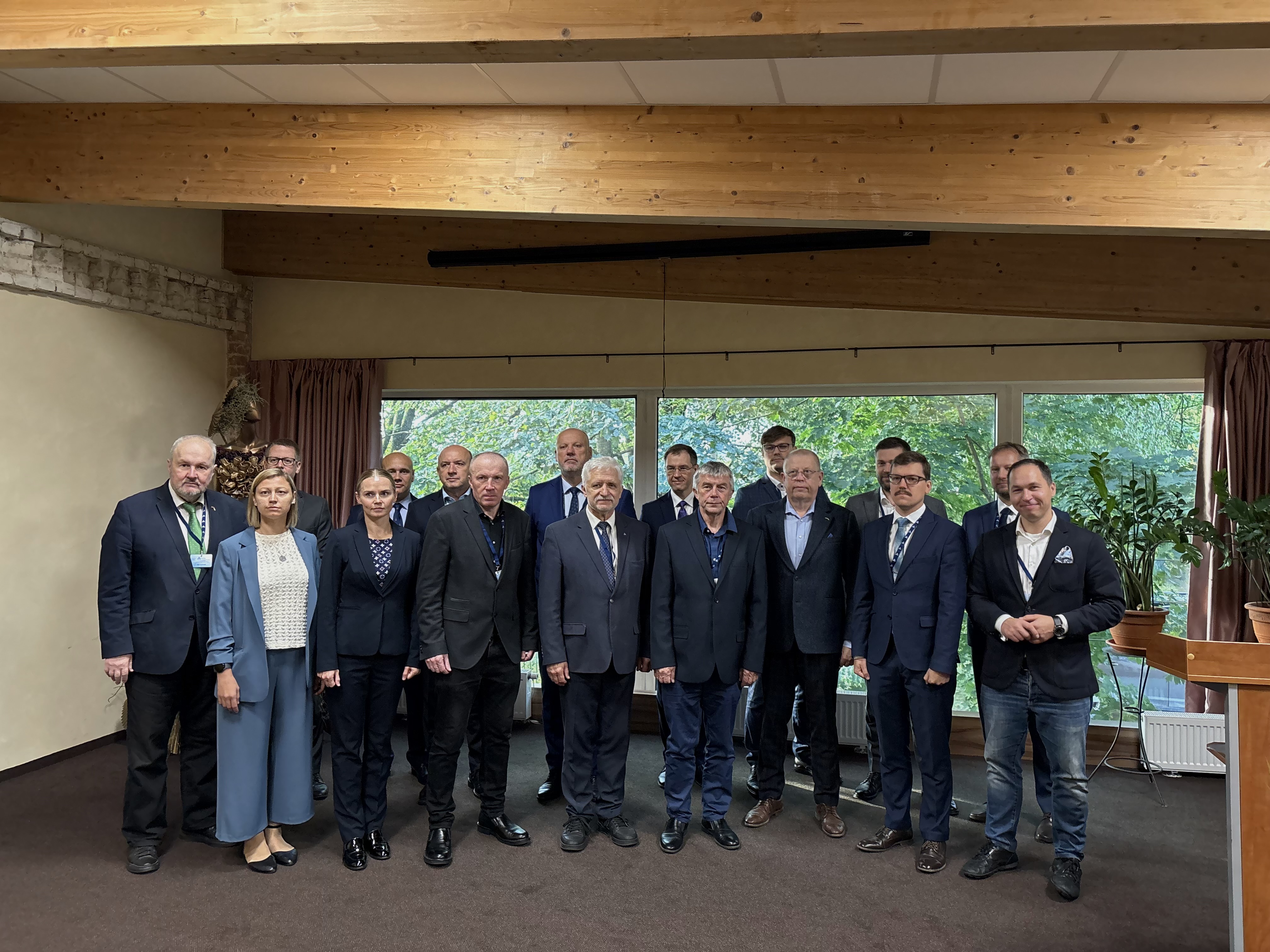
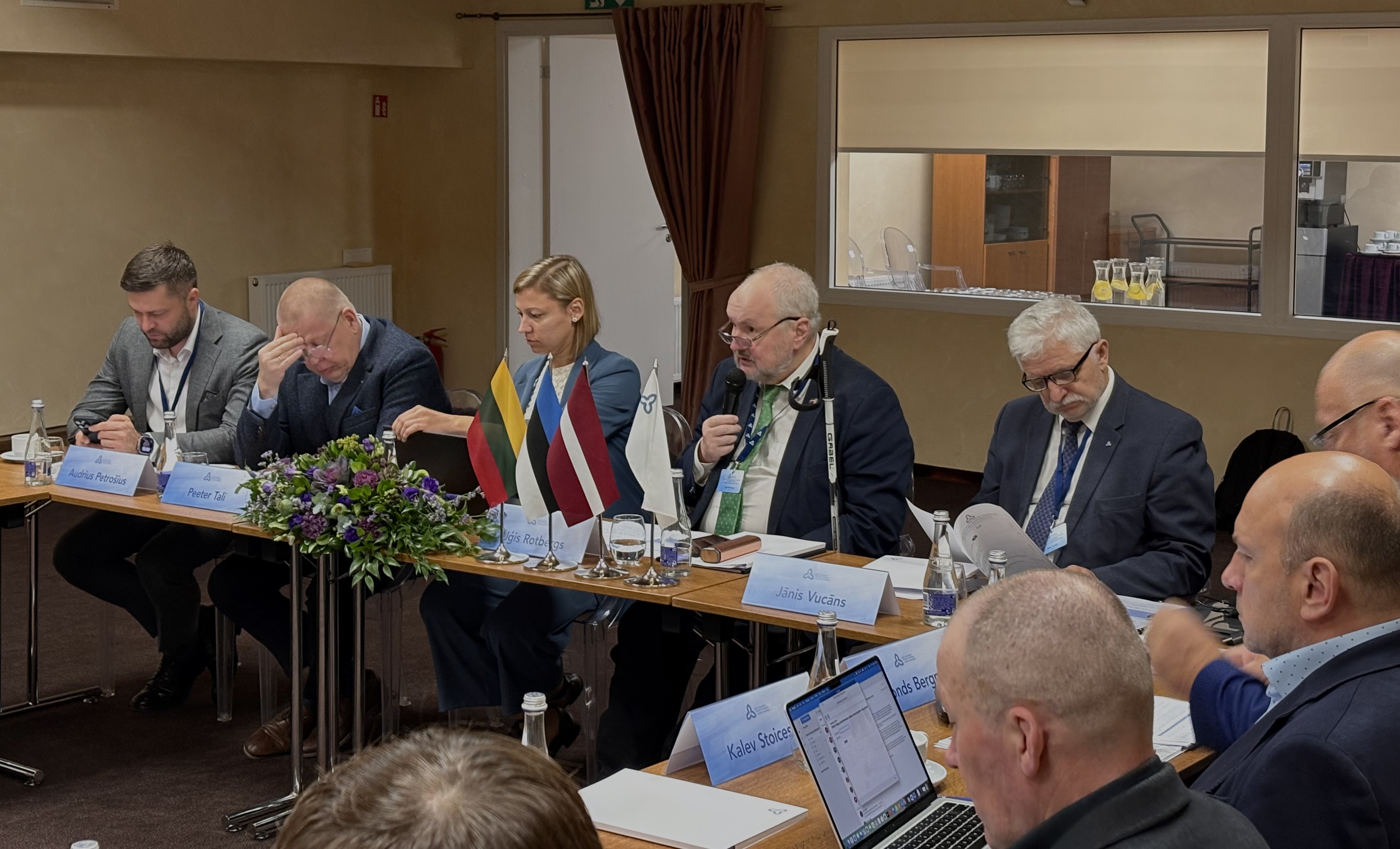
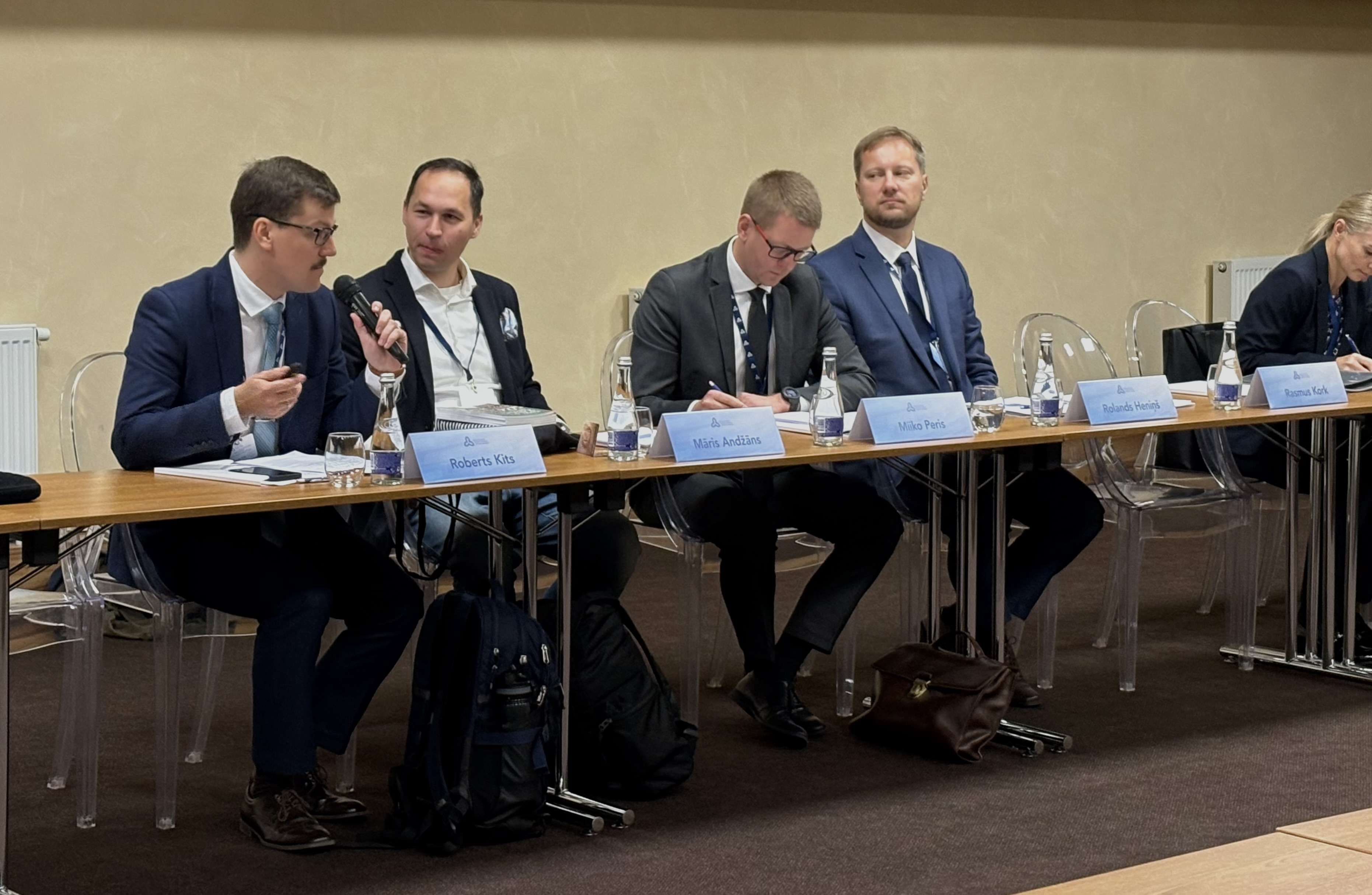
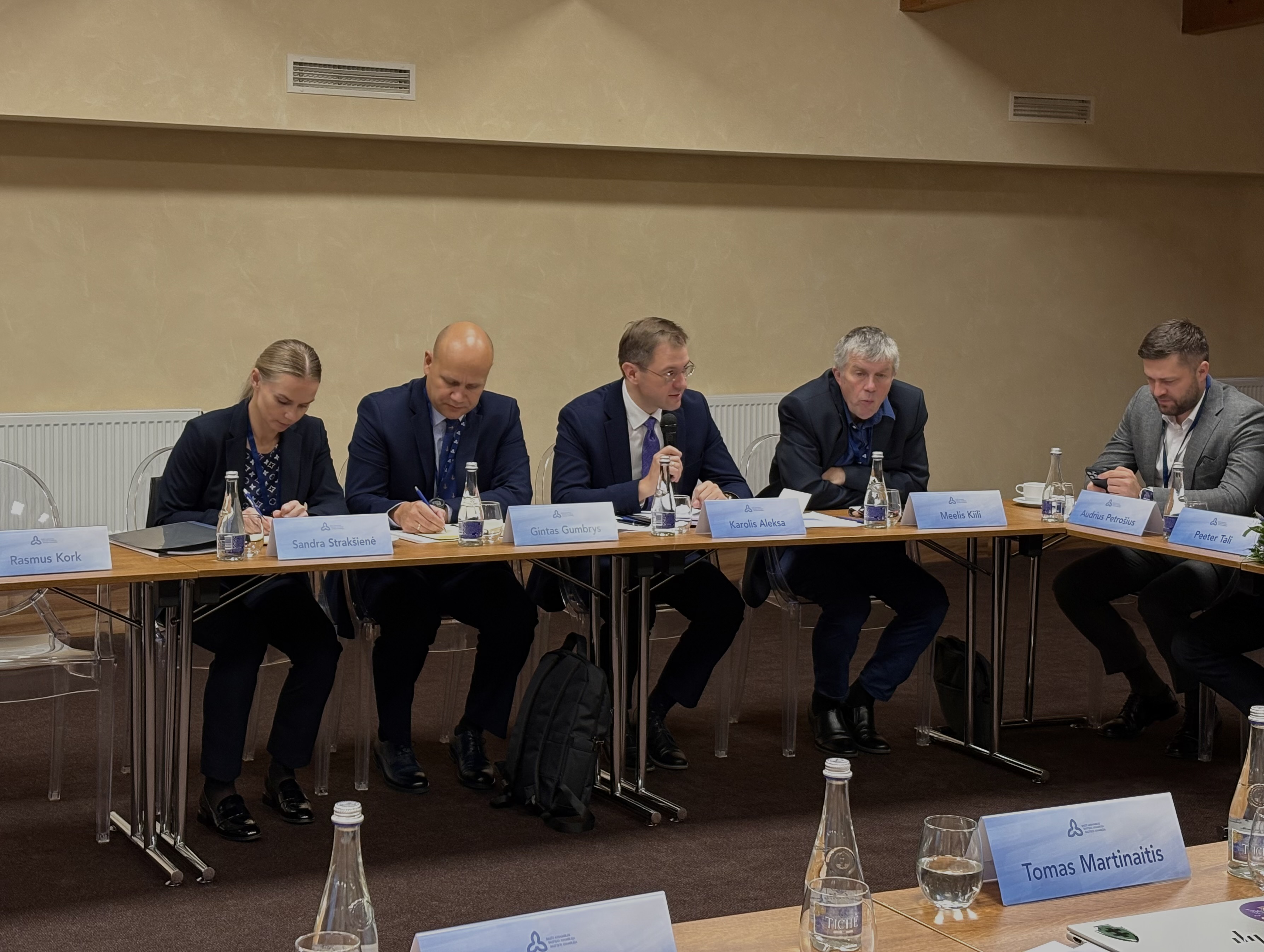
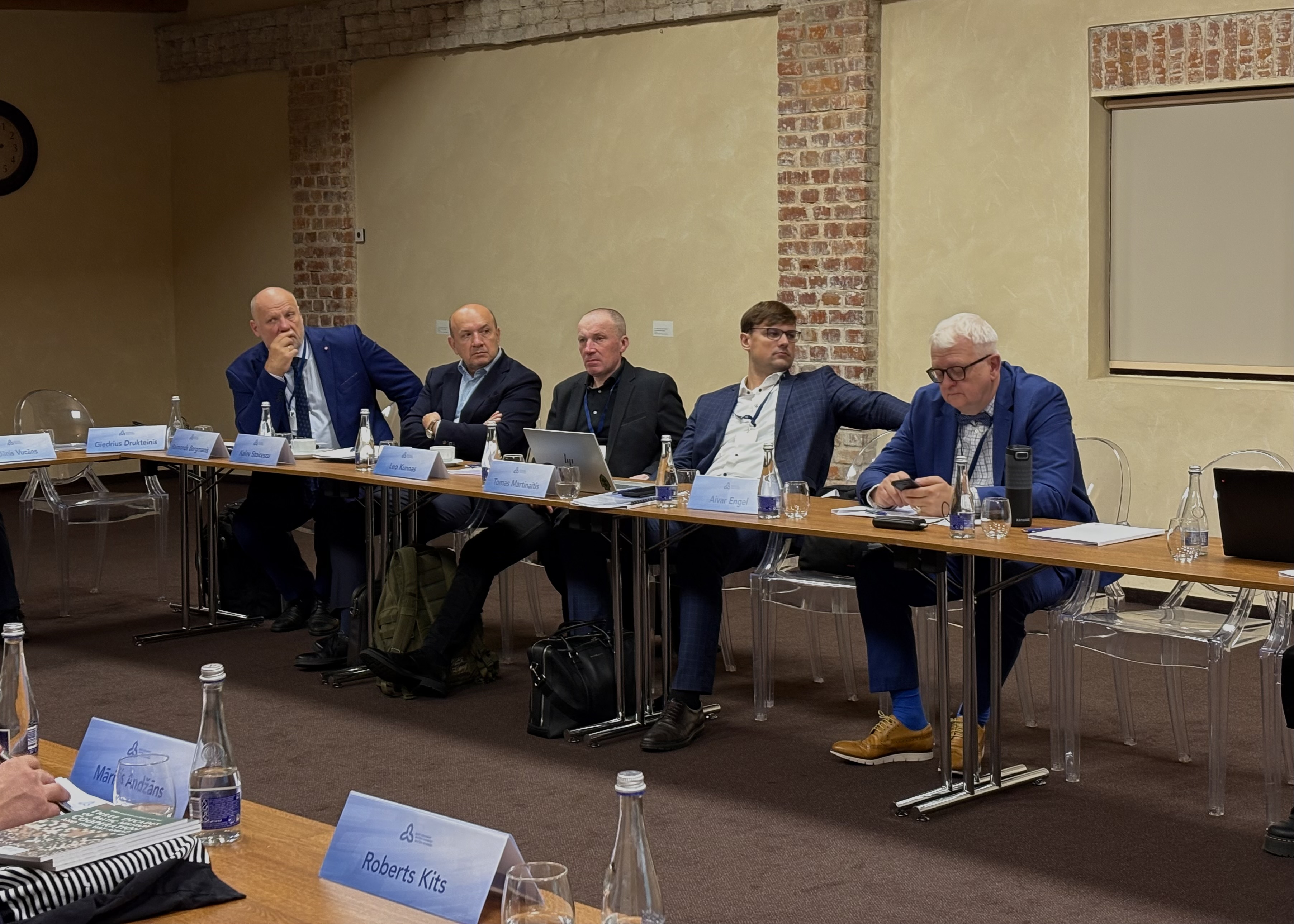
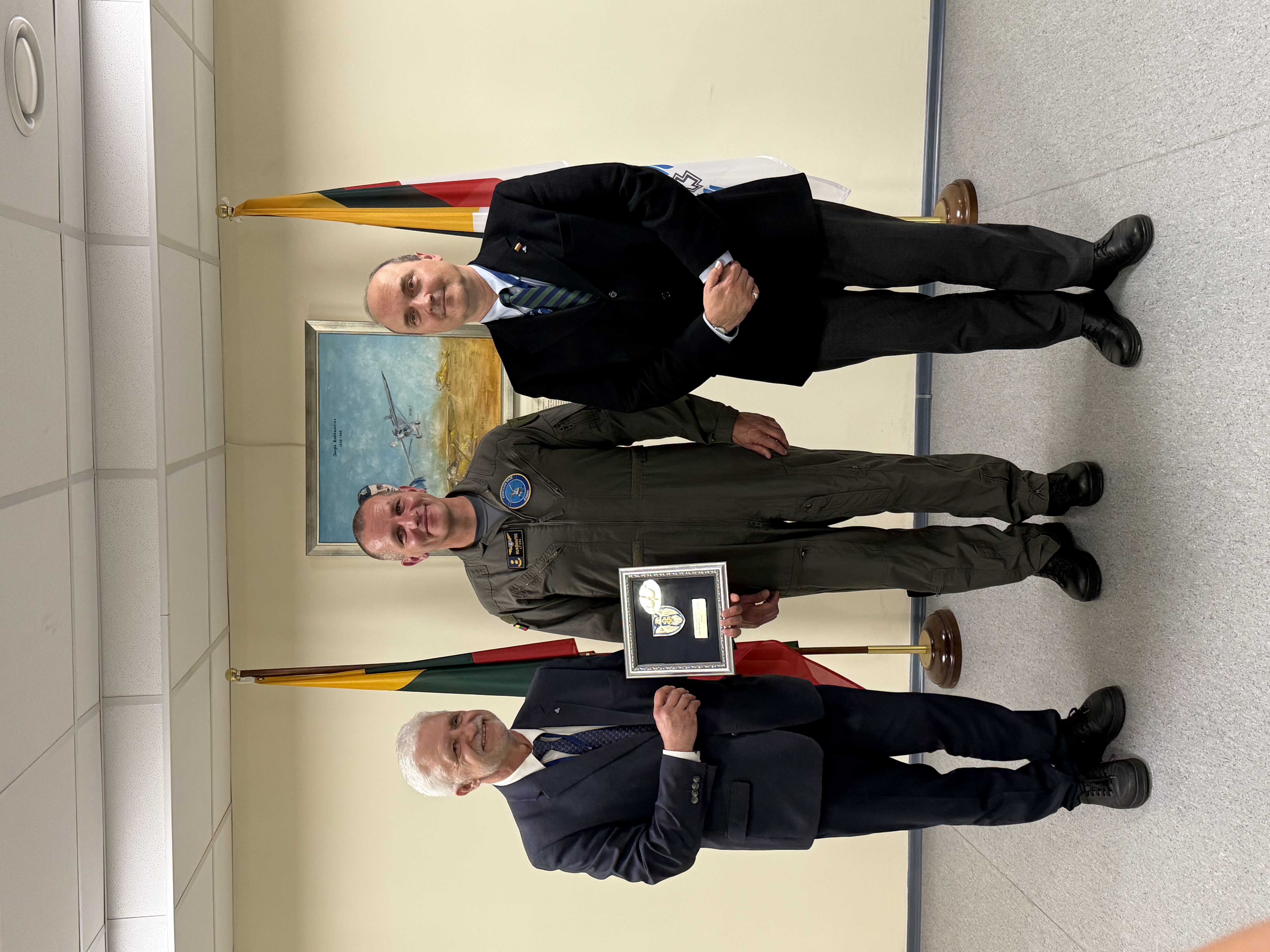
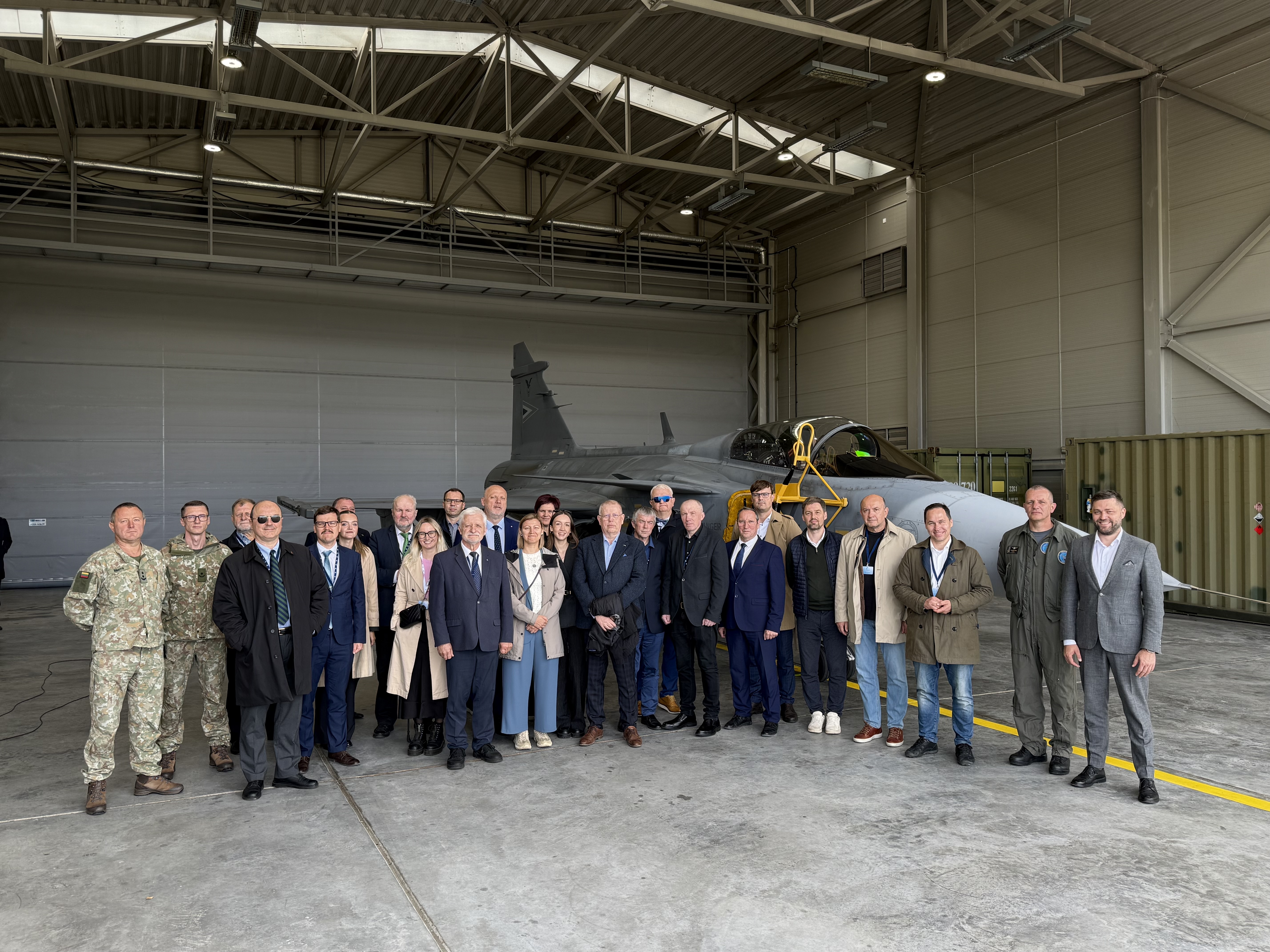
 Print
Print 

